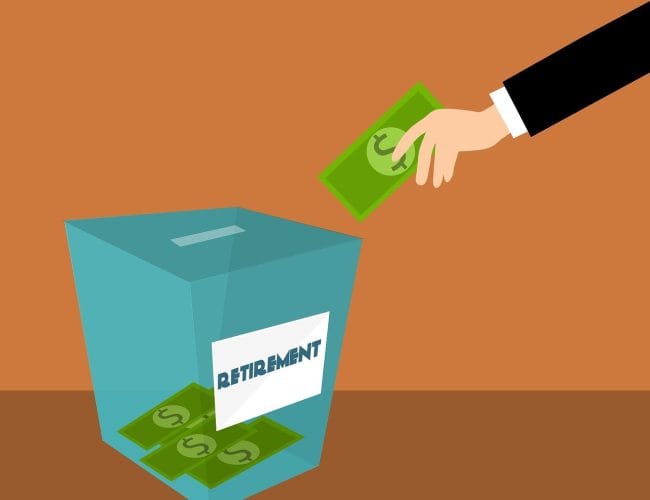Active investing is like being the captain of your own ship on the sea of finance, especially when you’re steering towards retirement. Using a self-directed trading account can give you more control over your investment journey. But how does this active approach impact your retirement plans? This article navigates through the ins and outs of integrating active investing into your retirement strategy.

Understanding Active Investing for Retirement
Active investing means you’re frequently buying and selling stocks, bonds, or other investments. It’s different from a ‘set it and forget it’ strategy because you’re constantly on the lookout for opportunities to grow your retirement fund.
Using a self-managed trading account for active investing gives you the freedom to pick and choose your investments. It’s perfect for those who enjoy research and understand the market well. But remember, with great power comes great responsibility. Active investing for retirement requires time, effort, and a solid understanding of financial risks.
SoFi states, “Active investing allows you to put in place a strategy that’s tailored to your preferences, goals, and risk tolerance.”
Balancing Risk and Reward
When it comes to retirement, balancing risk and reward is crucial. Active investing can offer higher rewards, but it also comes with higher risks. The last thing you want is to jeopardize your retirement savings with risky moves.
A smart approach is to have a mix of investments. Some can be high-risk, high-reward options, while others should be more stable and secure. This way, you can chase the potential of big gains without putting all your retirement eggs in one risky basket.
The Role of a Self-Directed Trading Account
A self-managed trading is your tool for active investing. It’s like the control panel for your retirement investment spaceship. You decide what to buy when to sell, and how to balance your portfolio.
This kind of account is great for those wanting to be hands-on with retirement planning. It allows you to tailor your investments to your specific retirement goals and risk tolerance. But it also means you need to stay informed and make educated decisions.
Time Commitment and Retirement Planning
Active investing isn’t a casual hobby; it’s more like a part-time job. It requires you to stay updated on market trends, economic news, and the performance of your investments. This can be challenging as you get closer to retirement and want to spend more time relaxing or with family.
One solution is to gradually shift from active to more passive investments as you near retirement. This can reduce the time you need to manage your portfolio while keeping your investments aligned with your retirement goals.
Learning and Adapting Strategies Over Time
The financial market is always changing, and so should your investment strategy. What works today might not work tomorrow. As an active investor, you need to be flexible and ready to adapt.
This might mean changing your investment choices as you age or as your financial situation changes. It’s important to continuously educate yourself and possibly consult with financial advisors to ensure your retirement plan stays on track.
Active investing through self-managed trading can significantly impact your retirement plans. It offers more control and potentially higher returns but also requires a careful balance of risk and reward, a significant time commitment, and ongoing learning and adaptation. As you sail towards your retirement goals, remember that the key is to manage your investments actively but wisely, adapting your strategies as needed to ensure a secure and comfortable retirement.